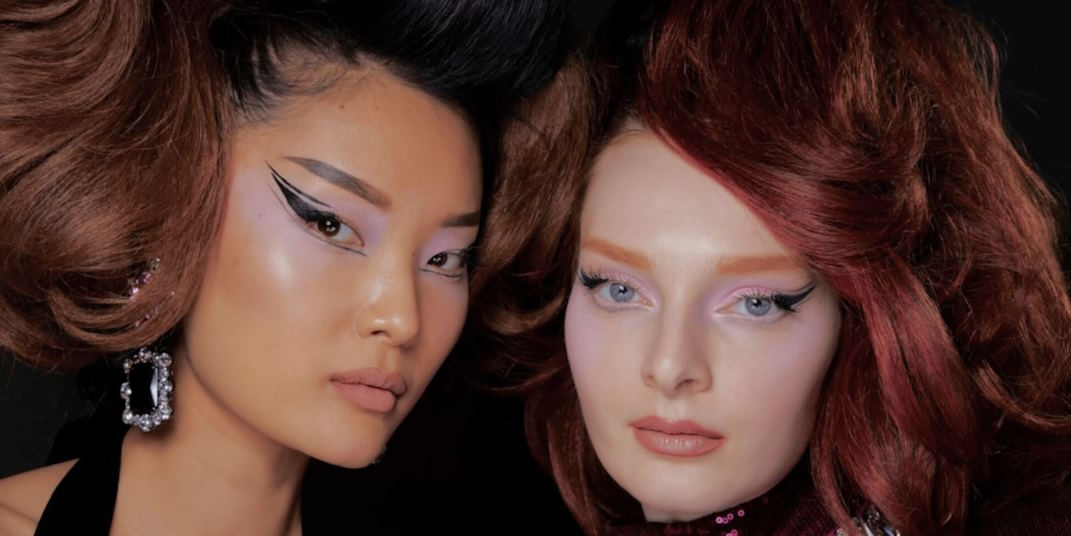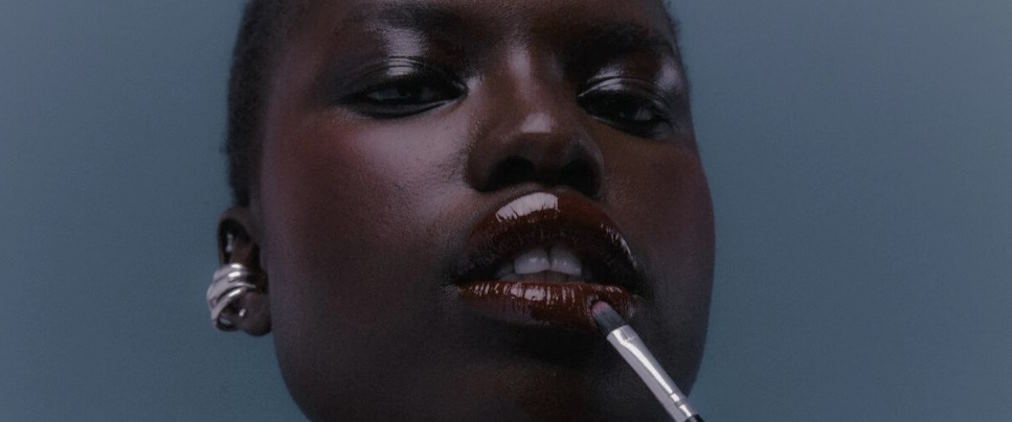
The Intersection of Makeup Trends and Cultural Significance: Reflecting Societal Shifts and Celebrating Diversity
Makeup, an art form woven into the fabric of human history, transcends mere cosmetics. Its evolution often mirrors the dynamic shifts within societies, reflecting changes in values, ideals, and cultural norms. From the suffragette movement to the ever-evolving beauty standards of different eras, makeup trends have played a pivotal role in expressing societal transformations.
Societal Shifts Reflected in Makeup Trends
Throughout history, makeup has been a tool for empowerment and expression. Consider the suffragette movement in the early 20th century, where bold red lips symbolize strength and resilience. Women proudly adorned red lipstick as a statement of defiance, challenging societal norms and advocating for their rights.
Similarly, different eras have witnessed diverse makeup trends influenced by societal changes. The swinging ’60s introduced the mod look, characterized by graphic eyeliner and daring colors, mirroring the spirit of rebellion and liberation. In recent times, natural, minimalistic makeup reflects a shift towards self-acceptance and authenticity.
Makeup trends serve as a canvas for painted societal ideologies, reflecting shifts in attitudes toward femininity, individuality, and self-expression.

Cultural Significance: Embracing Diversity in Makeup Practices
Beyond reflecting societal shifts, makeup holds immense cultural significance worldwide, bridging communities, traditions, and identities.
Across continents, diverse cultures boast unique rituals and traditional makeup styles deeply rooted in their heritage. From the intricate designs of Indian bridal makeup, with its vibrant colors and symbolic patterns, to the symbolic use of white face paint in Japanese Kabuki theater, makeup rituals carry profound cultural meanings and histories.
Exploring the Maori culture of New Zealand unveils the art of Ta Moko, which is a facial tattoo with deep ancestral significance, representing identity and lineage. Meanwhile, the Berber women of North Africa decorate their skin with bold geometric patterns using natural pigments, celebrating their cultural heritage and femininity.
These diverse practices not only showcase the beauty of individual cultures but also serve as a reminder of the richness and depth of human traditions.
Bridging Societal Shifts and Cultural Diversity
The nexus between societal changes and cultural diversity in makeup practices highlights the power of this art form to transcend boundaries and foster understanding. As makeup evolves, embracing inclusivity and celebrating diversity becomes crucial.
In today’s globalized world, the appreciation of cultural diversity in makeup fosters a more inclusive and respectful society. It encourages dialogue, understanding, and the celebration of differences rather than the imposition of a singular standard of beauty.
